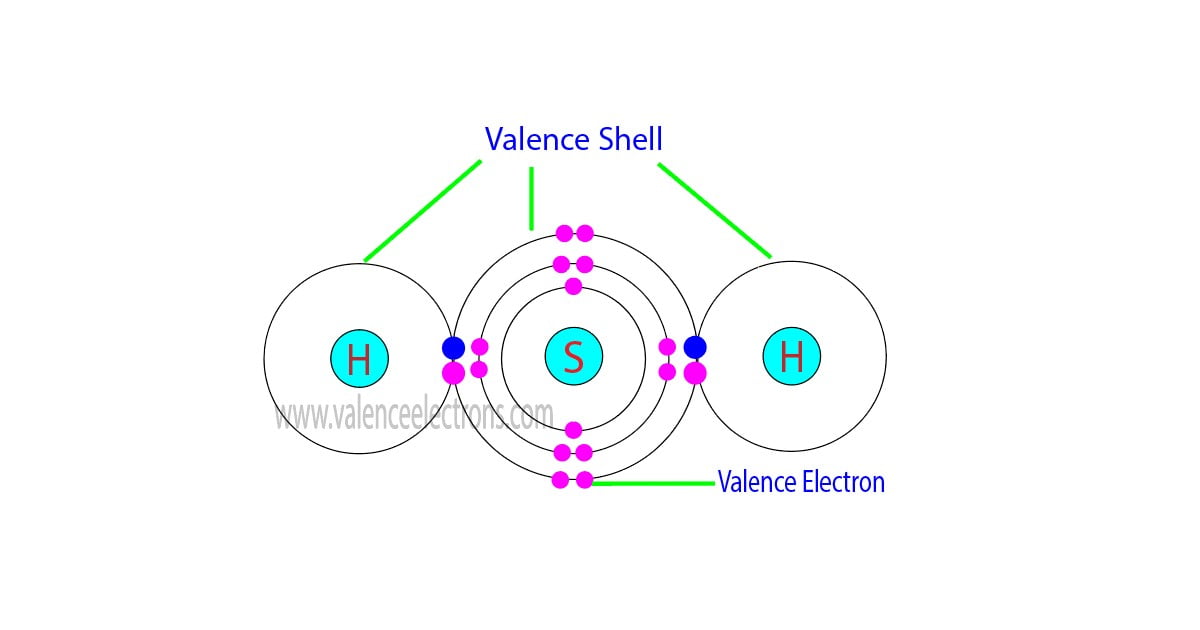How Many Valence Electrons Does Carbon Have? – Full Answer
Carbon is the sixth element in the periodic table and the 1st element in group-14. The standard atomic mass of carbon is 12.0096 and its symbol is ‘C’. Carbon participates in the formation of bonds through valence electrons.
What are the valence electrons of carbon?
The total number of electrons in the last shell after the electron configuration of carbon is called the valence electrons of carbon. The valence electron is the total number of electrons in the last orbit.
The valence electrons determine the properties of the element and participate in the formation of bonds.

Easy way to calculate valence electrons in the carbon atom
The valence electrons have to be determined by following a few steps. The electron configuration is one of them. It is not possible to determine the valence electron without electron configuration.
Knowing the electron configuration in the right way, it is very easy to determine the valence electrons of all the elements.
However, valence electrons can be easily identified by arranging electrons according to the Bohr principle. Now we will learn how to easily find the valence electrons of carbon.
Step-1: Determining the total number of electrons in carbon
First we need to know the total number of electrons in the carbon atom. To know the number of electrons, you need to know the number of protons in carbon.
And to know the number of protons, you need to know the atomic number of the carbon element.
To know the atomic number we need to take the help of a periodic table. It is necessary to know the atomic number of carbon elements from the periodic table.

The atomic number is the number of protons. And electrons equal to protons are located outside the nucleus. That is, we can finally say that there are electrons equal to the atomic number in the carbon atom.
From the periodic table, we see that the atomic number of carbon is 6. That is, a carbon atom has a total of six electrons.
Step-2: Need to do electron configuration of carbon
Step 2 is very important. In this step, the electrons of carbon have to be arranged. We know that carbon atoms have a total of six electrons.
The electron configuration of carbon shows that there are two electrons in the K shell and four in the L shell. That is, the first shell of carbon has two and the second shell has four electrons.

Step-3: Determine the valence shell and calculate the total electrons
The third step is to diagnose the valence shell. The last shell after the electron configuration is called the valence shell. The total number of electrons in a valence shell is called a valence electron.
The electron configuration of carbon shows that the last shell of carbon has four electrons. Therefore, the valence electrons of carbon are four.
What is the valency of carbon?
The ability of one atom of an element to join another atom during the formation of a molecule is called valency(valence).
The number of unpaired electrons in the last orbit of an element is the valency of that element. The correct electron configuration of carbon in ground state will be 1s2 2s2 2px1 2py1.
Here, the electron configuration of carbon shows that two unpaired electrons exist. In this case, the valency of the carbon atom is 2. Also, the valency of an element is determined by electron configuration in the excited state.

When the carbon atom is excited, then the carbon atom absorbs energy. As a result, an electron in the 2s orbital jumps to the 2pz sub-orbital.
Therefore, the electron configuration of carbon(C*) in excited state will be 1s2 2s1 2px1 2py1 2pz1. Here, four unpaired electrons exist in the carbon atom. So, in this case, the valency of the carbon atom is 4.
The last electron configuration of carbon implies that the maximum unpaired number of electrons in a carbon atom is 4. Therefore, the valence of a carbon atom is 4. Therefore, the valency of carbon atoms is 2, 4.
Ionic properties of carbon atoms
When a charge-neutral atom receives an electron and turns it into a negative ion, it is called an anion. The last orbit of a carbon atom has four electrons.
The carbon atom first takes two electrons and then 2 more electrons to fill the octave and become an anion.
C + (2e–) → C2–
C2– + (2e–) → C4–
Carbon atoms take on electrons and turn into negative ions. Therefore, carbon is an anion element.
Compound formation of carbon by valence electrons
Carbon participates in the formation of bonds through its valence electrons. We know that the valence electrons in carbon are four. This valence electron participates in the formation of bonds with atoms of other elements.
Carbon atoms form bonds by sharing electrons with hydrogen atoms. The electron configuration of hydrogen shows that hydrogen has only one electron.
Four hydrogen atoms and one carbon atom make methane(CH4) compounds by sharing electrons.
As a result, the carbon atom completes its octave and acquires the electron configuration of the neon.
On the other hand, hydrogen acquires the electron configuration of helium. Therefore, a carbon atom shares electrons with four hydrogen atoms to form the methane(CH4) compound through covalent bonding.






